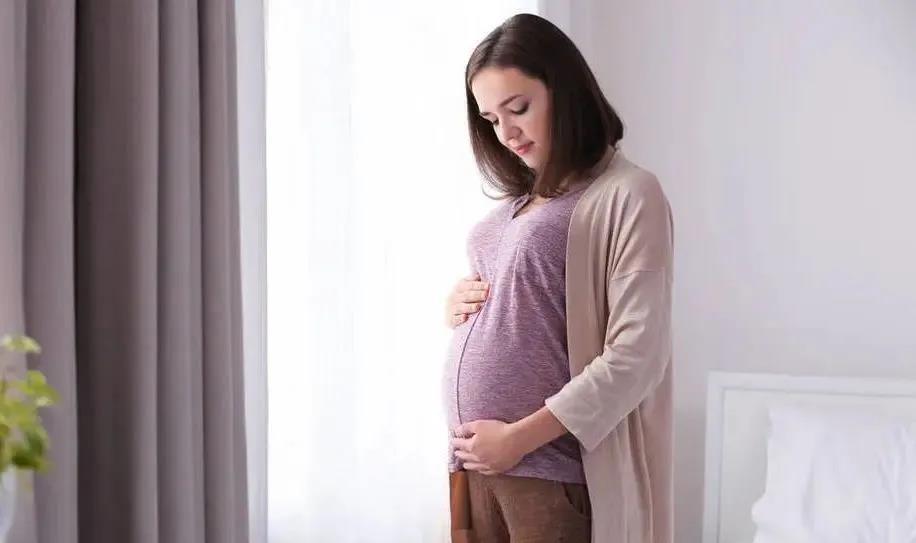In response to the outstanding problems in the current maternity protection work, Huang Yujie, deputy director of the Shanghai Municipal Health and Health Development Research Center, puts forward the following policy recommendations:
Continue to carry out prenatal and post-pregnancy guidance services to reduce the risk of childbirth and improve the quality of the birth population. Efforts will be made to achieve full coverage of prenatal and post-pregnancy guidance services for people of childbearing age, and reduce the proportion of pre-pregnancy services and pre-pregnancy guidance staff. Continue to focus on the two important publicity and education hurdles of newly-married education and pre-pregnancy eugenic health check to achieve full coverage of newly-married population education. Focus on the guidance of pre-pregnancy publicity services for women of childbearing age over 35 years of age who are willing to become pregnant.Appropriately implement the pre-pregnancy assessment system for women of childbearing age over 35 years old, continuously reduce the birth risk of older pregnant women, and improve the quality of the birth population.At the same time, do a good job of family planning guidance under the comprehensive two-child policy. Encourage people of childbearing age to establish family birth plans to improve the quality of births.
Strengthen the intervention and guidance of pregnant women during pregnancy. For the common problems of gestational diabetes, gestational hypertension and emotional instability during pregnancy, strengthen intervention and guidance. Make full use of the resources of grassroots maternal and child health centers and community health service centers to vigorously carry out related knowledge education for couples before pregnancy, guide couples to prevent pregnancy diseases and psychological problems before pregnancy, change lifestyles, and prepare for pregnancy. During pregnancy, primary maternal and child health centers and community health service centers continue to do a good job of publicity and guidance for pregnant women, establish pregnancy disease intervention teams, and vigorously carry out pregnancy disease intervention work to help pregnant women change their lifestyles and reduce pregnancy The risk of diabetes, hypertension in pregnancy and psychological problems.
In response to the risk of cesarean section for reproductive, through community prenatal and postnatal care publicity, community health service center maternity guidance, and grassroots maternal and child health care center perinatal service guidance, etc,Strengthen cesarean section risk education and related guidance, and strive to reduce the risk of maternal birth.At the same time, further strengthen the rescue measures for critically ill pregnant and lying-in women to reduce the death rate of critically ill pregnant and lying-in women.
Strengthen postpartum visits. Efforts will be made to achieve full coverage of post-natal visits by women's insurance. First, reasonably arrange the time for postpartum visits. Ensure sufficient time for postpartum visits, so that maternity insurance doctors and family planning staff have sufficient time to guide postpartum women on the theory and practice of postpartum contraception. Second, make a plan for postpartum visits. Incorporate each link of the postpartum visit into the visit plan, and regulate the content and time of each visit link to ensure that the postpartum visit process is carried out in accordance with the rules, and eliminate the randomness of postpartum visits and the random increase or decrease of visit links , To ensure that each link is implemented according to the plan. Third, strengthen the operational guidance during postpartum visits. Include operational content such as the choice of postpartum contraceptive time and contraceptive measures into the postpartum visit program. At the same time, establish postpartum women's contraception and birth control files during postpartum visits,According to the physical condition of the postpartum woman and her husband, a personalized contraceptive plan is developed for the postpartum woman and family to choose,Let postpartum women and their families know what they are doing.











